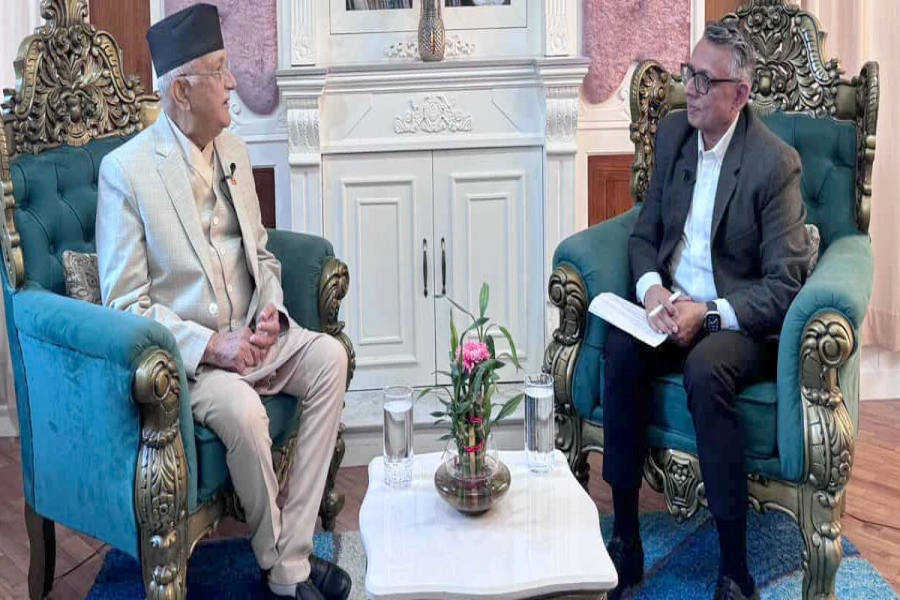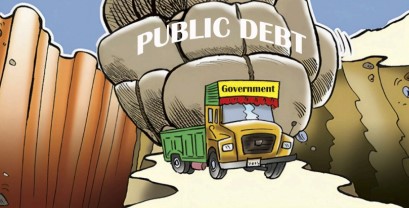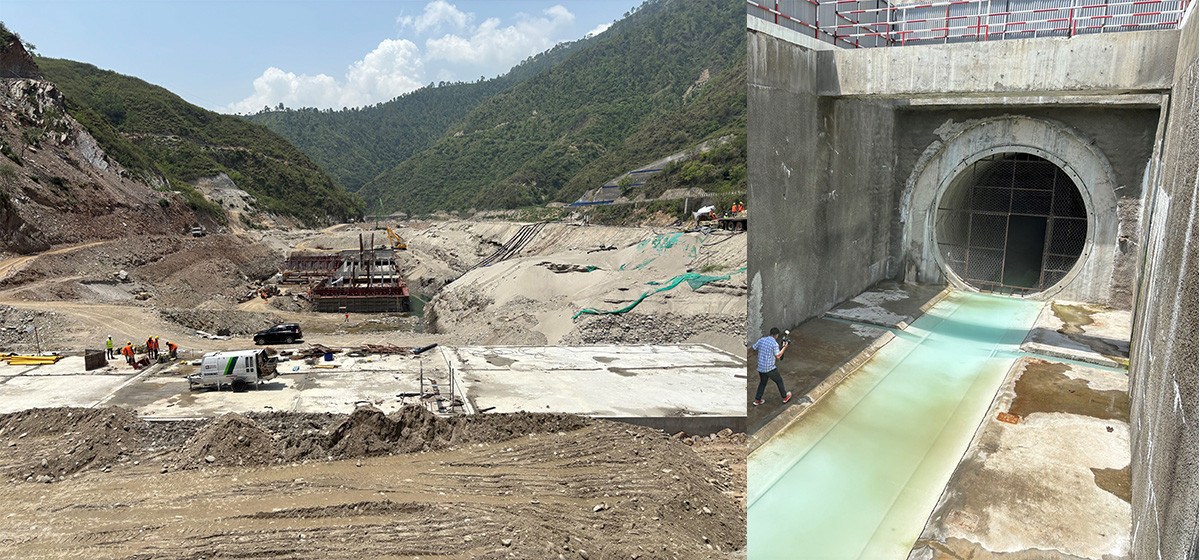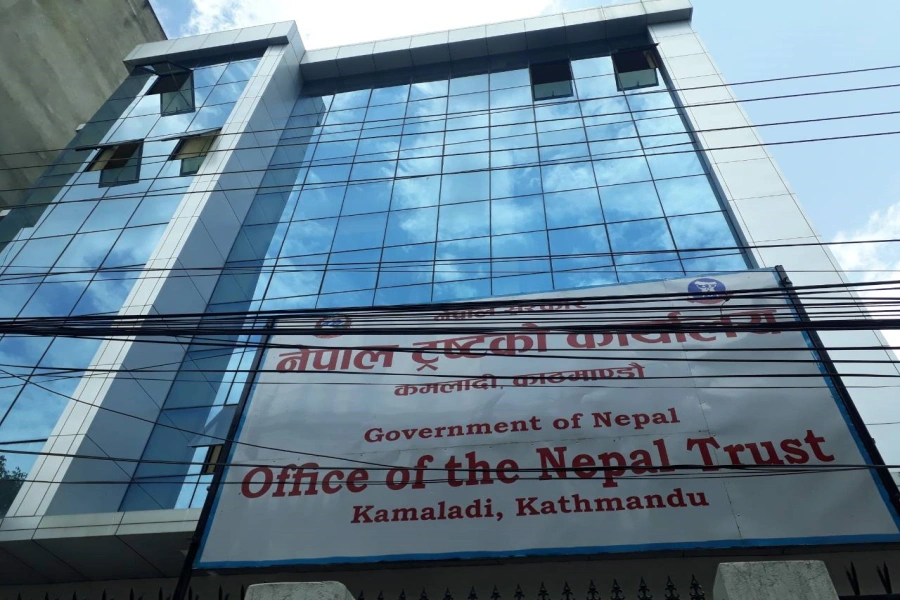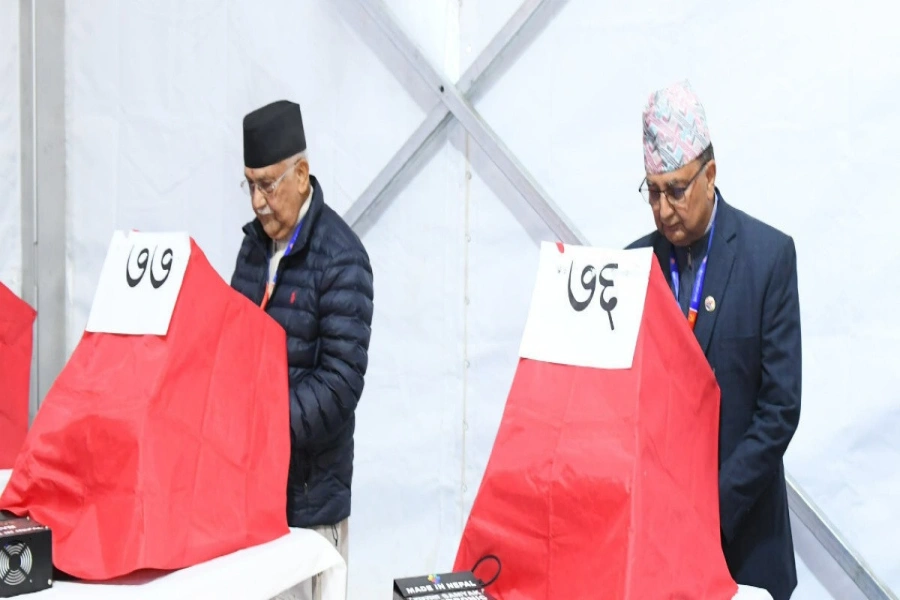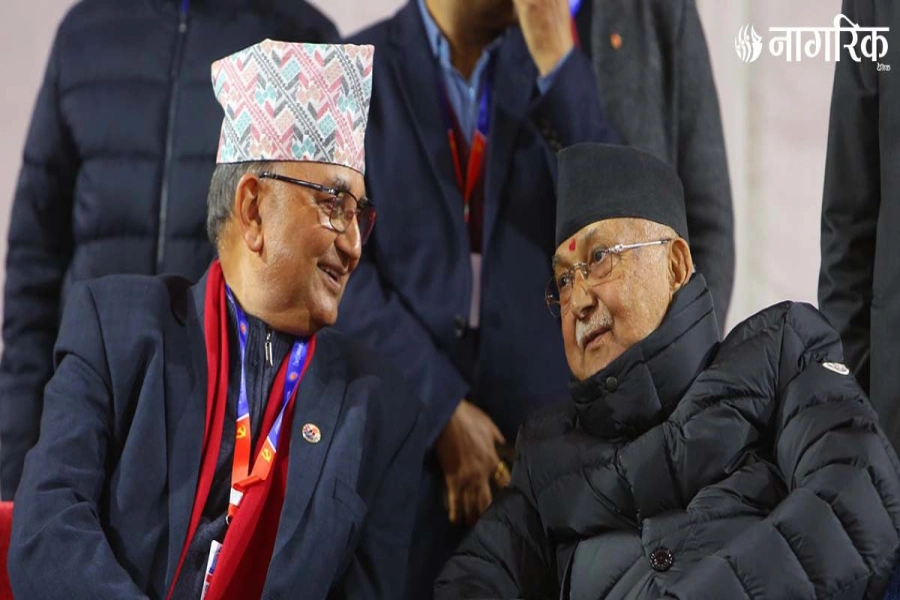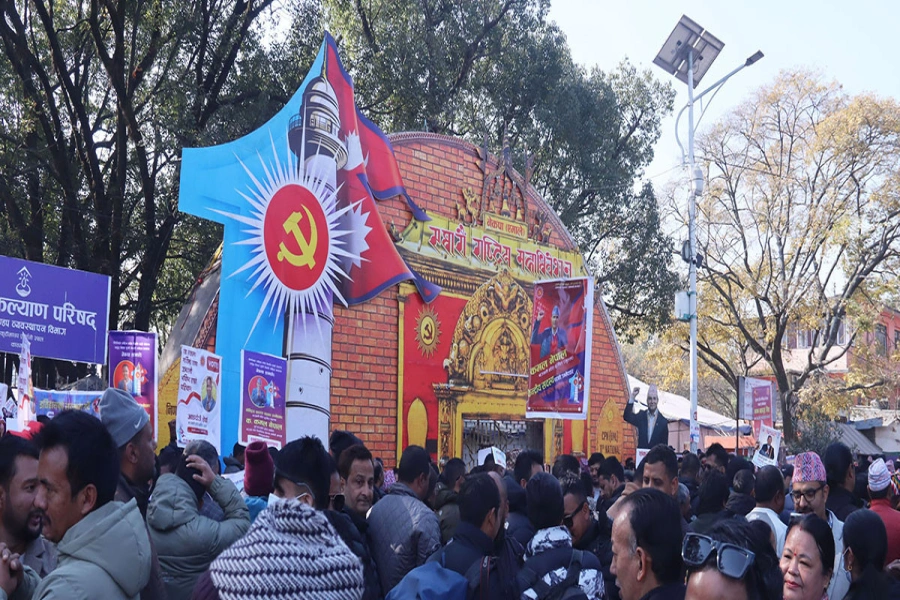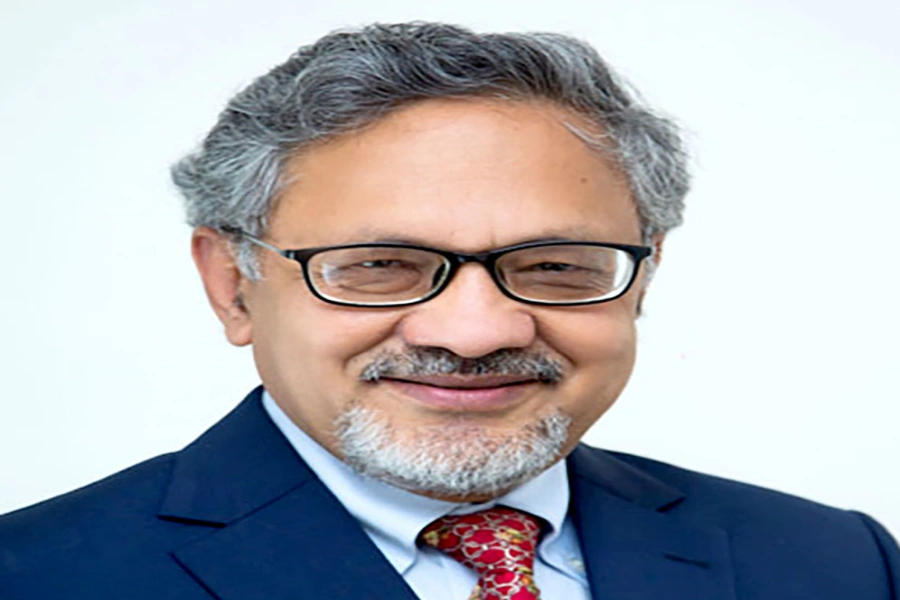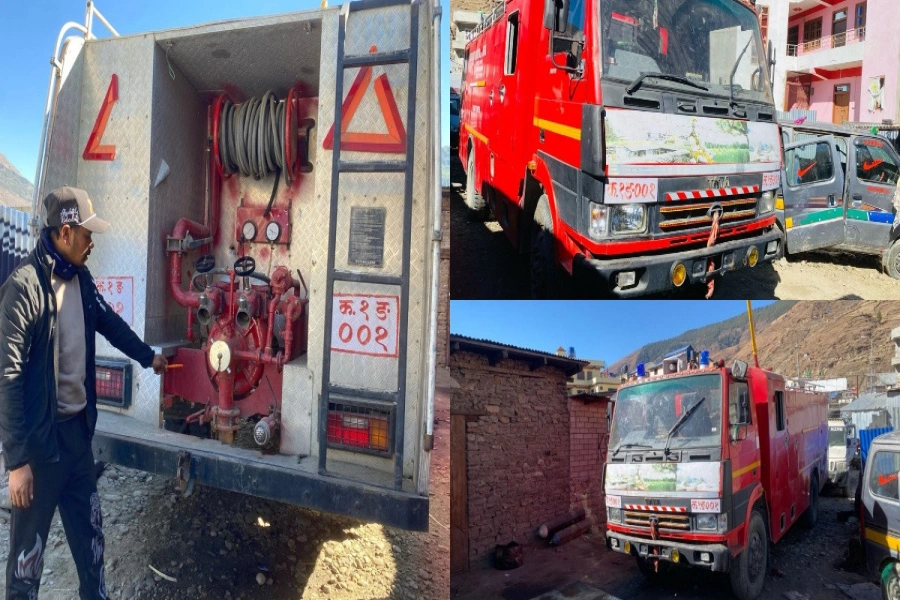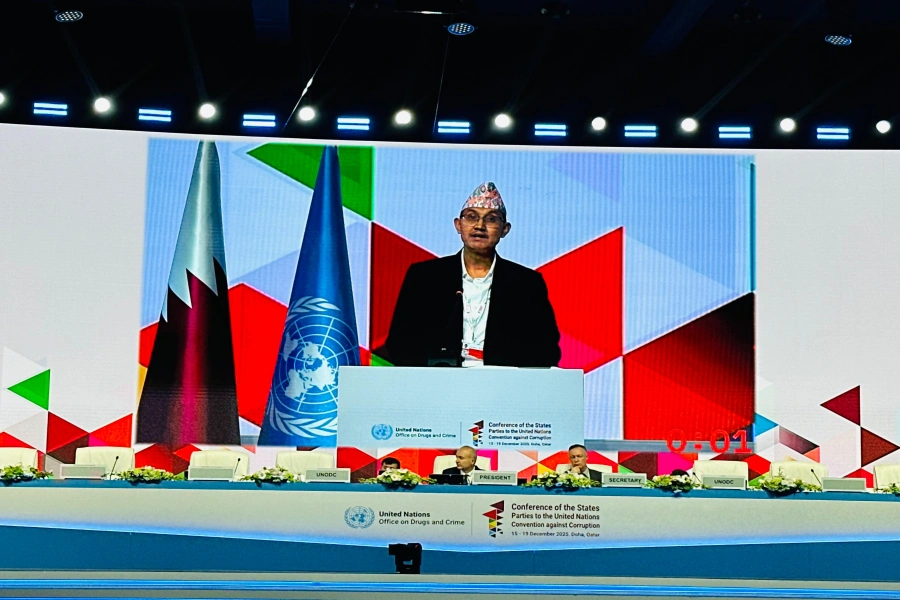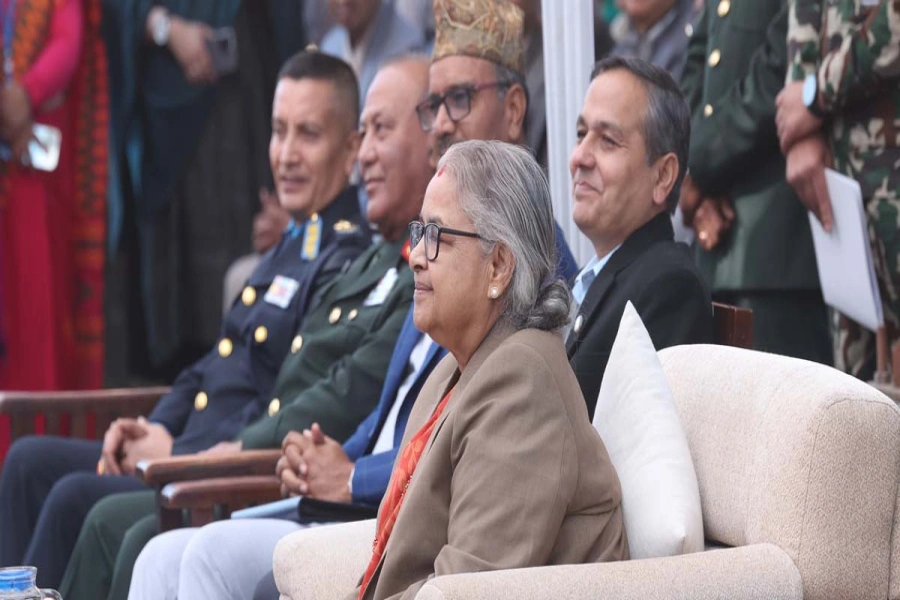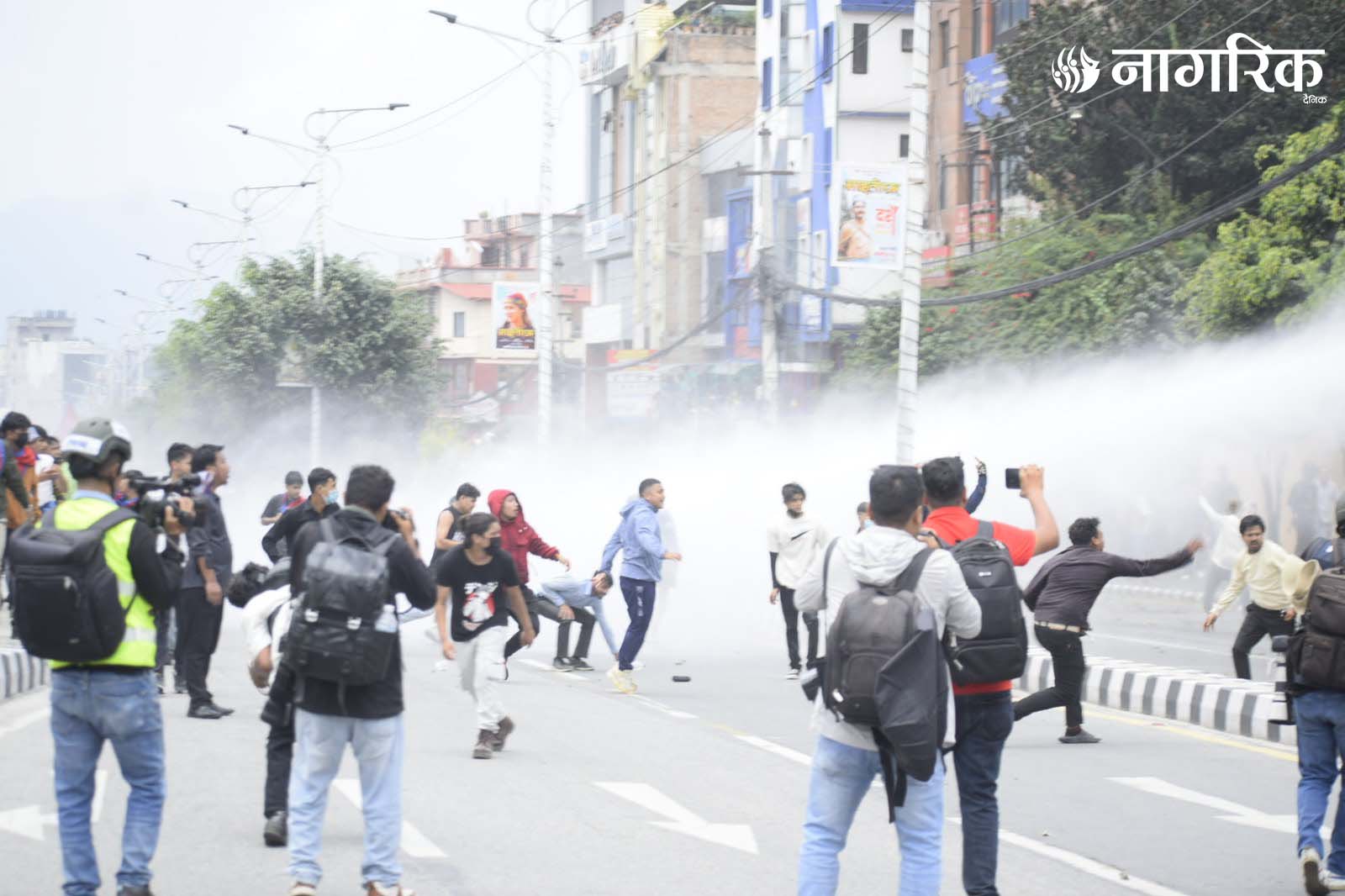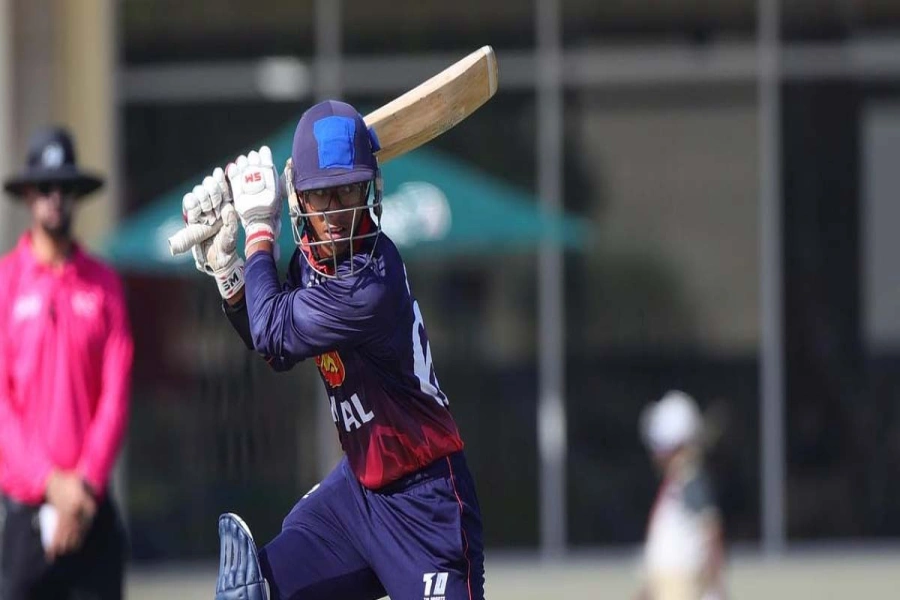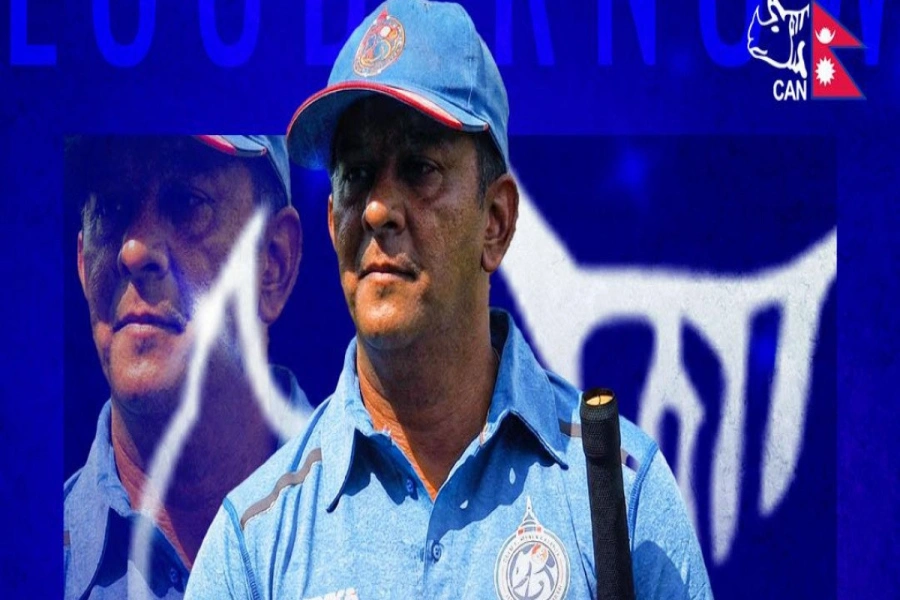Soon after Finance Minister Bishnu Prasad Paudel presented the budget for fiscal year 2025/26, public debate erupted over its merits and shortcomings. From industrialists and entrepreneurs to civil servants, homemakers, and ordinary citizens, people have been busy weighing how the budget affects their personal and professional lives. Given that national budgets directly impact not only the country’s economy but also individual livelihoods, such scrutiny is both expected and necessary. By design, a national budget must address all sectors. This year’s budget proposes the establishment of an IT park and an Artificial Intelligence Centre in Kathmandu, reflecting the government’s awareness of global technological advancements. Similarly, the education sector receives attention through provisions to mobilize graduates as volunteer teachers, merge schools based on student-teacher ratios, and set up a teacher bank. The commitment to social justice is also evident in the announcement of scholarships for students from marginalized Musahar, Dom, and Chamar communities in medical education.
The budget also responds to the pressing crisis in the cooperative sector, where financial mismanagement has eroded public trust. Provisions to provide seed funding to return misused savings and to auction the properties of those found guilty of embezzlement raise hopes for accountability and reform. Plans to expand consumer courts to all seven provinces and clear outstanding health insurance claims further suggest efforts to revive trust in public services. Gender inclusivity finds a place as well, with the removal of registration and renewal fees for businesses registered under women’s names. Provisions for the construction of a modern stadium in Jhapa and conditional grants for the Gautam Buddha Cricket Stadium indicate the government’s continued investment in sports. Notably, the sports sector has received more than double the budget allocation compared to last year, making it one of the biggest gainers. Other ambitious initiatives include the development of trekking routes from Koshi Tappu to Everest and Kechana to Taplejung, the operation of Siddhababa and Nagdhunga tunnel roads in the coming year, and subsidized loans for youth entrepreneurship. The budget also promises land certificates for 500,000 landless Dalits and squatters, aims for self-sufficiency in rice production within two years, and allocates Rs 330 million for irrigation infrastructure to promote Chaite rice cultivation in 22 districts of the Tarai and Inner Madhes. These measures offer some hope for inclusive growth.
Unethical 'political pragmatism' must stop

There are several provisions directly aimed at improving everyday life: the establishment of burn treatment units in every province, rehabilitation services for children with autism and intellectual disabilities, issuance of driving licences at the provincial level, clarification on tax jurisdictions to avoid overlaps, and the procurement of 100 new Sajha buses. These practical measures suggest a focus on public welfare. However, as with previous budgets, the glaring omission remains good governance. The budget is largely silent on everyday challenges citizens face when seeking services at government offices. Rather than prioritizing administrative reforms, attention has been given to feasibility studies for metro and monorail projects in Kathmandu—ideas that are often viewed with scepticism given past delays and poor implementation. Proposals such as constructing Nijgadh International Airport through an alternative finance mechanism—while several completed airports remain unused—raise questions about planning priorities. Similarly, introducing the Shahid Dasharath Chand Health Science University, when existing universities are underperforming, appears poorly thought out.
Allocating funds via the Investment Board for a chemical fertilizer plant also seems shortsighted. At a time when the world, including Nepal, should be moving towards sustainable, environmentally friendly farming and reducing reliance on chemical inputs, the announcement of a fertilizer factory sends the wrong message. On a more positive note, the Finance Minister’s pledge that new roads will be built only where economically and technically feasible is a welcome shift in approach—suggesting an end to wasteful infrastructure projects. While the monthly inflation allowance increase of Rs 3,000 may fall short of employee expectations, it is a fiscally responsible move given the country’s fragile economic condition. Presenting a budget is a constitutional requirement, essential to keeping the economy running. It is natural for the ruling party to highlight its strengths and the opposition to critique its flaws. Likewise, various professional and social groups will assess the budget based on how it serves or harms their interests. However, it need not be labeled simply as good or bad. On the whole, the FY 2025/26, budget reflects the nature of the current ruling coalition—an amalgam of cautious pragmatism, selective ambition, and missed opportunities for deeper reform.



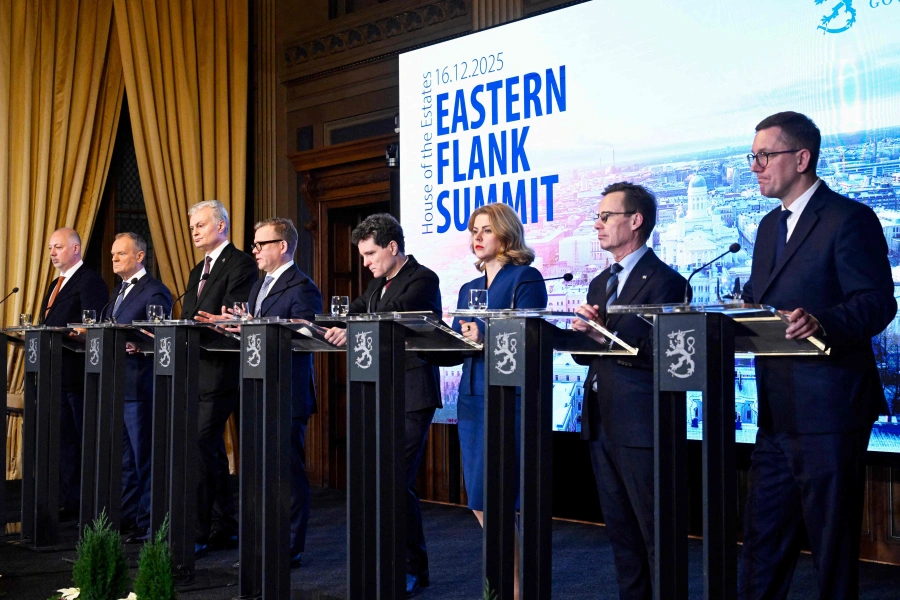
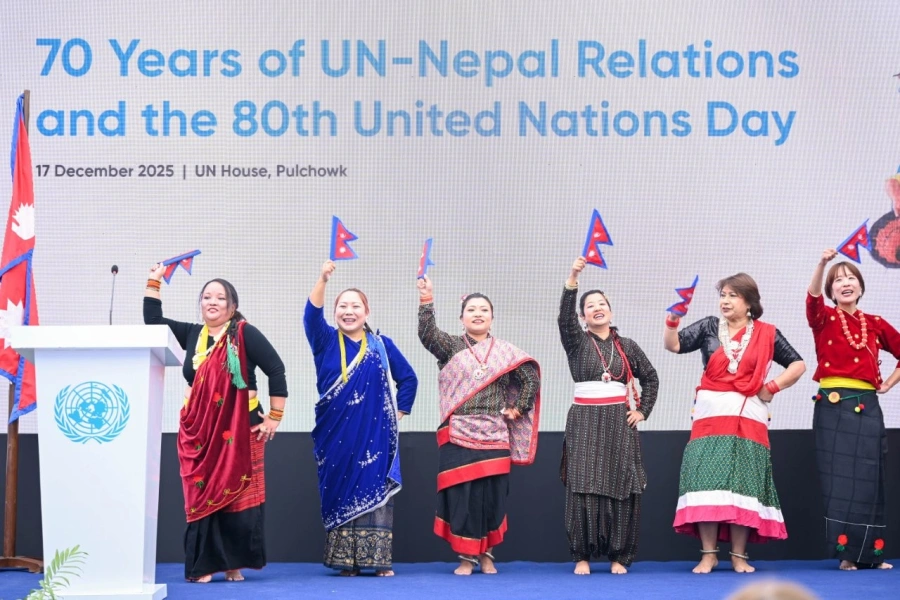


_20230205122050.jpg)



